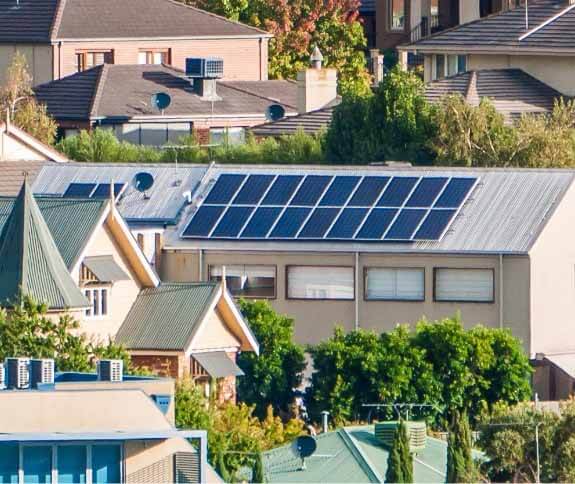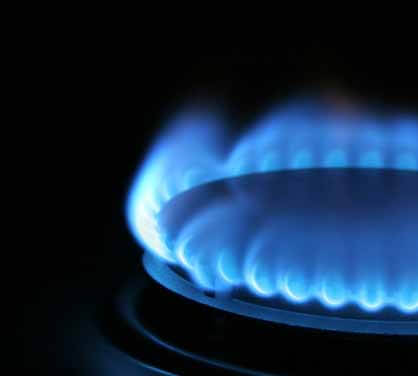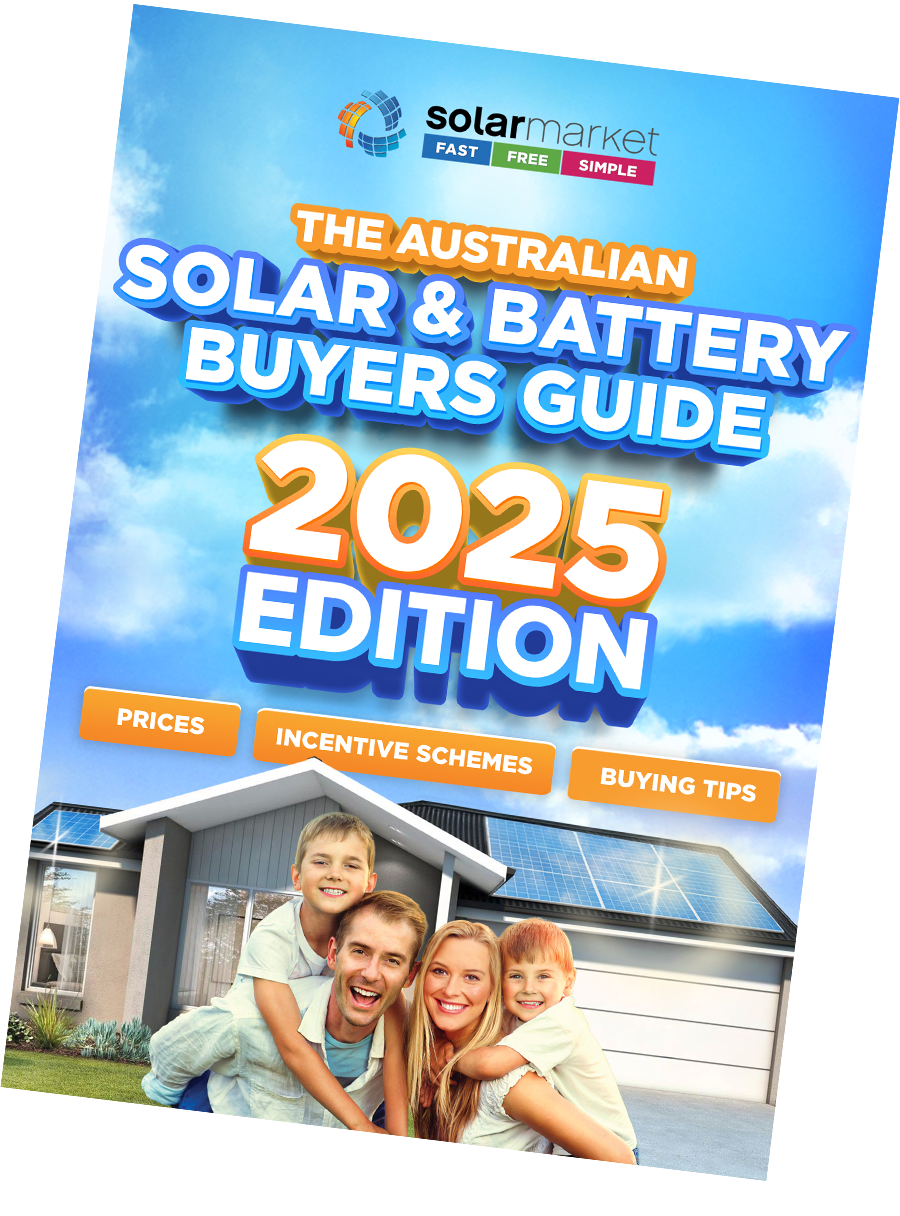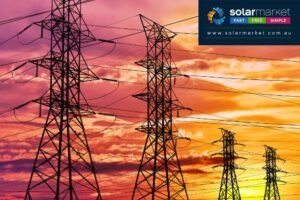Important Notification:The information you are seeking regarding How Much Do Solar Panels Cost in Australia?has now been updated on our new Solar Market Website HERE. Please refrain from using the information on this page as an accurate source of information and proceed to the updated page.
Solar Panel Price Trend & How Much Do Solar Panels Cost?
Since 2010, the price of installing solar PV systems has dropped significantly, in large part thanks to a significant reduction in solar panel costs.
A report published by the International Renewable Energy Agency, also known as IRENA, revealed the overall costs for residential solar PV systems in Australia (including both installation and operation) had fallen by over 50% between 2010 and 2014, from $US0.35 down to $US0.17 per kilowatt-hour.
Research by Deutsche Bank confirms this trend, revealing the cost of manufacturing by leading Chinese panel manufactures had decreased from $US1.30 per Watt to $0.50 per Watt between the years of 2011 of 2014, marking a 60% fall in just three years. This drop was credited to the decrease in processing and polysilicon costs, as well as an increase in conversion efficiencies.
The increased affordability of solar panels has seen Australia achieve the highest rate of household solar panel installations in the world.
Prices are expected to continue to decrease in 2017, with Bloomberg New Energy Finance Head of Americas, Ethan Zindler, estimating prices as low as $US0.30 per Watt, due to a significant surplus in the global panel manufacturing market, “We are on the verge of a new era of substantial overcapacity, a situation fuelled by a slowdown in China’s domestic solar market while many manufacturers continue to churn out panels.”
This is great news for those looking to install residential or commercial solar PV systems, with panel prices set to hit an all-time low.
The Install Price of Panels
If you’ve done some quick math, you would have worked out that 3kW of panels at the current rate ($US0.50 per Watt) should cost around $AUS2,000. So why does a good quality 3kW system in Australia cost between $3,500 – $6,000?
It’s simple, the panels you purchase for your solar PV system only make up a partial amount of the total cost of a solar PV system. The additional costs are made up of the following components:
- Mounting SystemYour mounting system is what physically connects your new solar panels to your existing roof. This is an integral component of your solar PV system, as not only is your system designed to stay on your roof for a minimum of 25 years, it will be subjected to major environmental stresses including hail, wind and heat waves during this time.It’s important to invest in a good quality, corrosion resistant mounting system to ensure the longevity of your investment.
- Electrical ComponentsThe total cost of installing a solar PV system also includes an assortment of wires, cables, isolators, breakers, switches, and an inverter, which is often referred to as BOS or Balance of System.An inverter lies at the heart of a solar PV system, and is the workhorse that converts the DC electricity your panels generate, into AC electricity the appliances in your home use.
The additional electrical components in the BOS ensure your new solar PV system works safely and efficiently.
- Manual LabourIt’s a condition of most panel warranties that your panels are installed by a qualified electrician. Paying for an experienced electrician ensures your system performs safely and as expected for years to come.
Why Does Price Vary Between Solar Panels?
Prices can fluctuate greatly between solar panels of the same or similar wattage. In Australia, the price of a good quality system can range from the following:
| System Size | Number or Panels | Price Range | Units or Electricity/Day |
|---|---|---|---|
| 3kW system | 12 panels | $3,500 to $5,600 | 13.2 units |
| 5kW system | 20 panels | $5,000 to $9,000 | 22 units |
| 10kW system | 31 to 40 panels | $9,990 to 15,000 | 44 units |
This disparity usually comes down to the quality of the panels chosen. As all prices quoted above are using good quality panels, this is not to say that the panels on the cheaper end of the scale are of a poor quality.
But rather, to use cars as an analogy, the panels on the lower cost end of the scale would be like a Mazda, while those on the higher price end of the scale would be like a Mercedes. While both cars are safe, reliable and get you from point A to point B, Mercedes offer superior technology, greater fuel efficiency, and more power.
So, back to solar, while both panels would have similar Wattage ratings and be of good quality, the more expensive panel would have better warranties, higher quality components, lower degradation rates, and perform better in shaded areas.
It’s up to you to decide if it’s worth paying a bit extra for the higher quality panel or not.
Why is the Price of Solar Panels Different State to State
The Renewable Energy Target (RET) is a Federal Government Policy designed to guarantee a certain amount of electricity (33,000GWh) must be generated by renewable sources by 2020. To help achieve this target, the two schemes have been set up, including the Small-scale Renewable Energy Scheme (SRES).
To incentivise homeowners to install renewable energy sources like solar power, the SRES issues Small-scale Technology Certificates, otherwise known as STCs.
System owners receive 1 STC for every MWh (megawatt hour) of electricity their system will generate until 2030. STCs are traded and bought on the open market which means they can fluctuate, although they currently trade for around $38 each.
To work out how many STCs you would receive for your system you can use the following calculation:
System Size in kW x Zone Rating x Years = Number of STCs
Different parts of Australia have different Zone Ratings, based on how much clean, renewable energy can be generated by a solar panel in that area.
| Zone | Rating | Cities |
|---|---|---|
| 1 | 1.622 | Darwin, Rockhampton, Townsville |
| 2 | 1.536 | Alice Springs |
| 3 | 1.382 | Adelaide, Brisbane, Canberra, Perth, Sydney |
| 4 | 1.185 | Hobart, Melbourne |
Using the above calculation, a 3kW system purchased and installed in 2016 would receive the following discounts:
| Zone | Discount |
|---|---|
| 1 | $2,774 |
| 2 | $2,627 |
| 3 | $2,363 |
| 4 | $2,026 |
These varying discounts are why identical systems can cost less (or more) in certain areas of Australia.
How to Get the Best Price on Solar Panels
It’s not uncommon for competing solar providers to quote different prices for identical panels. To ensure you get the lowest price possible, we recommend shopping around and not settling on your first and only quote. Like any major purchase, it pays to shop around.
Remember: To quickly and easily receive three quotes from three different solar installers, click here











